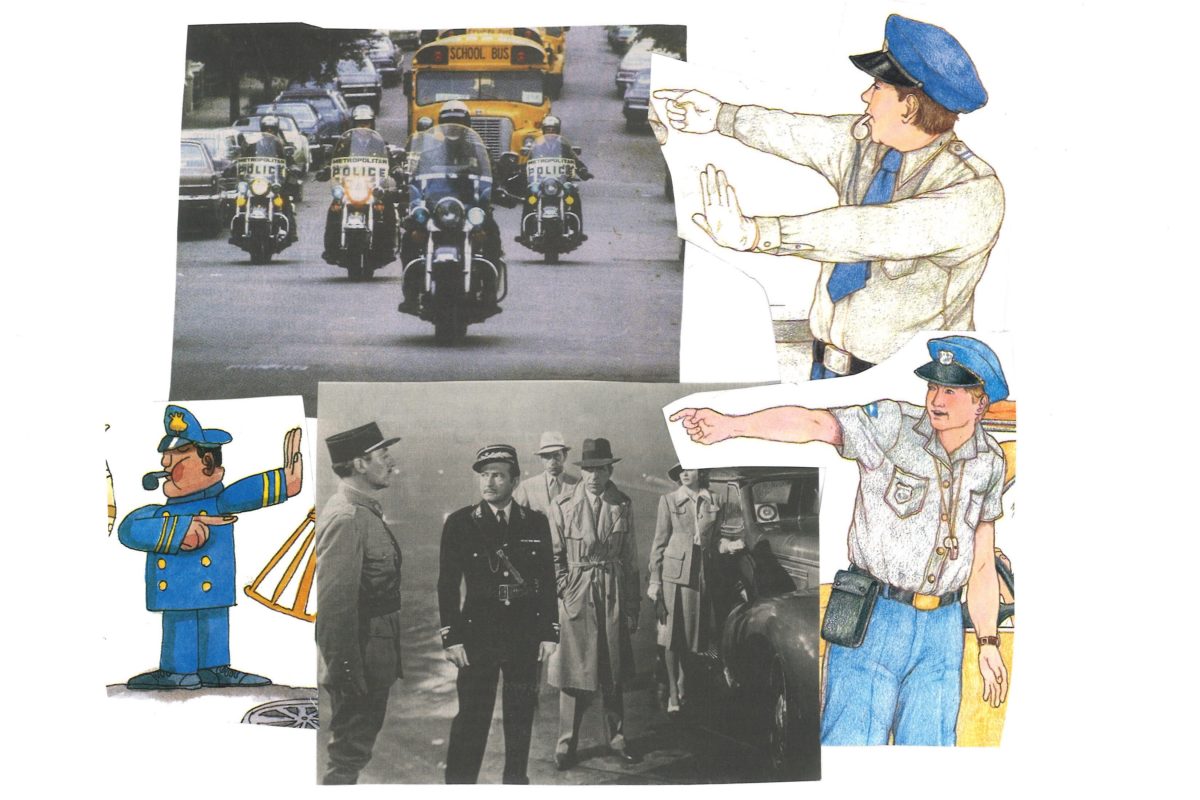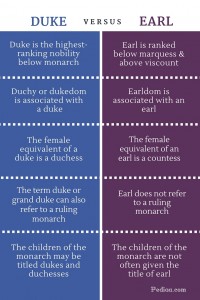Decoding Nobility: What's The Difference Between A Viscount And A Count?
The world of aristocracy and noble titles is often shrouded in a fascinating, yet sometimes confusing, veil of history and hierarchy. From dukes to barons, each title carries its own weight, history, and position within the intricate social ladder of European peerage. Among these, two titles that frequently cause a bit of head-scratching are "Viscount" and "Count." While both signify a rank within the nobility, they are distinctly different in their hierarchical standing, historical origins, and traditional roles.
But first, a quick primer: All of the people holding the titles of duke/duchess, marquess/marchioness, earl/countess, viscount/viscountess, and baron/baroness are part of the peerage system. This system, particularly prominent in the United Kingdom, organizes hereditary titles of nobility in a strict order of precedence. Understanding where each title sits is crucial to grasping the nuances between them.
The Grand Tapestry of European Nobility
Understanding the Peerage System
The peerage system is essentially a structured hierarchy of hereditary titles. In descending order of rank, the five primary titles in the British peerage are:
- Duke/Duchess: The highest rank, often associated with significant landholdings and royal connections.
- Marquess/Marchioness: Ranking below a Duke but above an Earl, historically associated with guarding border territories.
- Earl/Countess: A prominent rank, equivalent to a European Count.
- Viscount/Viscountess: The fourth rank in the peerage, positioned below an Earl/Count.
- Baron/Baroness: The lowest rank of the peerage, though still a significant noble title.
These titles were not merely ceremonial; they often came with significant political power, land ownership, and responsibilities, particularly in feudal times. The status and any domain held by a noble would be known by a specific term, such as a Duchy for a Duke or a County for an Earl/Count.
The Illustrious Count (and Earl)
A "Count" is a noble title widely used in various European countries, signifying a significant rank in the aristocracy. Historically, a Count often held sway over a "county" – a specific administrative division of a country. The term "Count" itself is deeply rooted in European history, representing a powerful figure who governed a territory on behalf of a monarch.
In the British peerage system, the direct equivalent in rank to a European Count is an "Earl." For historical reasons, while European nobility uses "Count" and "Countess" for both genders, the British aristocracy adopted "Earl" for the male title. Interestingly, there is no feminine form of "Earl," so the British aristocracy uses the more continental-sounding "Countess" for the wife of an Earl or a woman holding the title in her own right. This illustrates that an Earl was, in essence, the British counterpart to a Count.
Compared to a Duke or a Marquess, a Count (or Earl) would be regarded as a lower-ranking noble. However, compared to a Viscount and many of the remaining aristocratic titles, the position of a Count/Earl is notably higher and carries greater historical weight as a direct ruler of a territory.
Unveiling the Viscount
The "Viscount" is the fourth rank in the British peerage system, standing directly below an Earl (or Count in European terms) and above a Baron. It is one of the five ranks of British nobility and peerage. Approximately 111 Viscounts exist within the British peerage today, making it a less numerous title than Baron, but more so than Duke or Marquess.
The Historical Roots: "Vicecomes"
The origin of the title "Viscount" is perhaps its most defining characteristic and the key to understanding its relationship with the Count. The term originates from the Latin "vicecomes," which literally translates to "vice-count" or "deputy of a count." This etymological root perfectly encapsulates the historical role of a Viscount.
In feudal times, a Viscount often served as a deputy or lieutenant to a Count or Earl. They were essentially the Count's representative, overseeing a territory or performing duties on behalf of the higher-ranking noble. This role could be akin to a sheriff of a territory, acting as a subservient to the Earl. Over time, this rank, which had its origin in an office, became hereditary, solidifying its place in the noble hierarchy.
The British Emergence
The title of Viscount was first officially recorded in England in 1440. It was Henry VI, king of England and of France, who consolidated the titles of the two countries and formally created the first Viscount in England. This honor was bestowed upon John, Lord Beaumont, making him both Viscount Beaumont. The oldest existing title – and therefore the highest ranking among Viscounts – is that of Viscount Hereford, created in 1550.
Addressing a Viscount
For those curious about the formalities, "Viscount" is pronounced \VYE-count\. A woman holding the rank or the wife of a Viscount is known as a "Viscountess" (\VYE-countess\). Formally, Viscounts and Viscountesses are generally referred to as "Lord" or "Lady" when they are spoken to, a common courtesy for members of the peerage. In the case of French viscounts, the title is sometimes left untranslated as "Vicomte" [vi.kɔ̃t]. The status and any domain held by a Viscount is a "Viscounty."
The Core Difference: Hierarchy and Origin
The fundamental difference between a Viscount and a Count (or Earl) boils down to two main points: their hierarchical rank and their historical origin and role.
- Hierarchical Rank: A Count (or Earl in the British system) is a higher-ranking noble than a Viscount. The Viscount is positioned directly below the Count/Earl in the peerage system. Compared to a Duke or a Marquess, a Count would be regarded as a lower-ranking noble, yet compared to a Viscount and many of the remaining aristocratic titles, the position of a Count is superior.
- Historical Origin and Role: This is where the distinction becomes most clear. The Count (or Earl) traditionally held direct authority over a territory (a county). The Viscount, on the other hand, originated as a "vice-count" or a deputy to a Count. Their role was historically one of assistance and subservience to a higher noble, rather than direct rule over a primary territory. This "deputy" function is embedded in the very etymology of the word "Viscount."
To summarize:
- Count/Earl: A primary noble title, typically governing a county or territory. Higher in rank.
- Viscount: A secondary noble title, historically a deputy or lieutenant to a Count/Earl. Lower in rank.
The country was historically split up into counties, and the next title down from an Earl was indeed a Viscount, reinforcing this hierarchical relationship. While the direct administrative roles of these titles have largely faded in modern times, their historical significance and the subtle differences in their origins continue to define their place in the noble lineage.
Conclusion
In the intricate world of European and British nobility, the titles of Viscount and Count (or Earl) represent distinct rungs on the aristocratic ladder. While both are prestigious noble titles, the Count stands as a higher-ranking peer, historically governing a significant territory. The Viscount, in contrast, occupies the rank immediately below the Count, with its very name, "vice-count," revealing its historical origin as a deputy or lieutenant to a Count. Understanding this hierarchical relationship and the etymological roots of "Viscount" provides clarity on their differences, offering a deeper appreciation for the rich history and structure of the peerage system.

What's the Difference Between a Duke, Earl, Count, Viscount, Baron, and

Difference Between Duke and Earl | Monarch, Titles, Ranks of the peerage,

Viscount vs. Count: Know the Difference